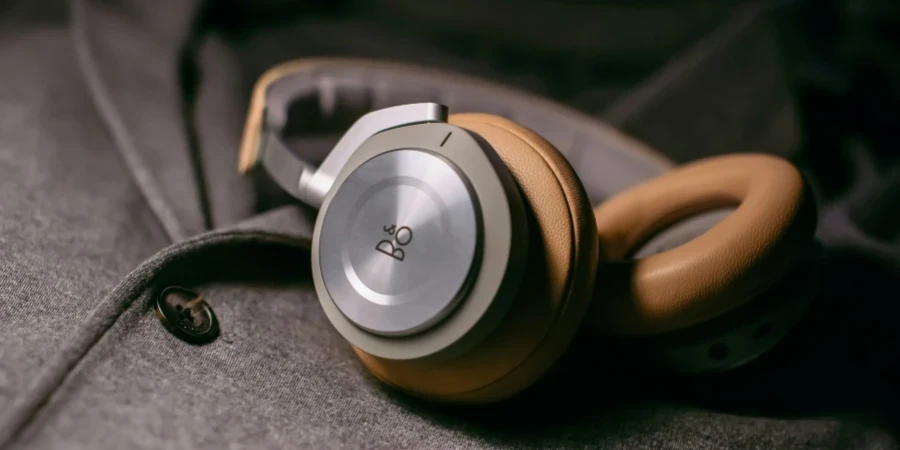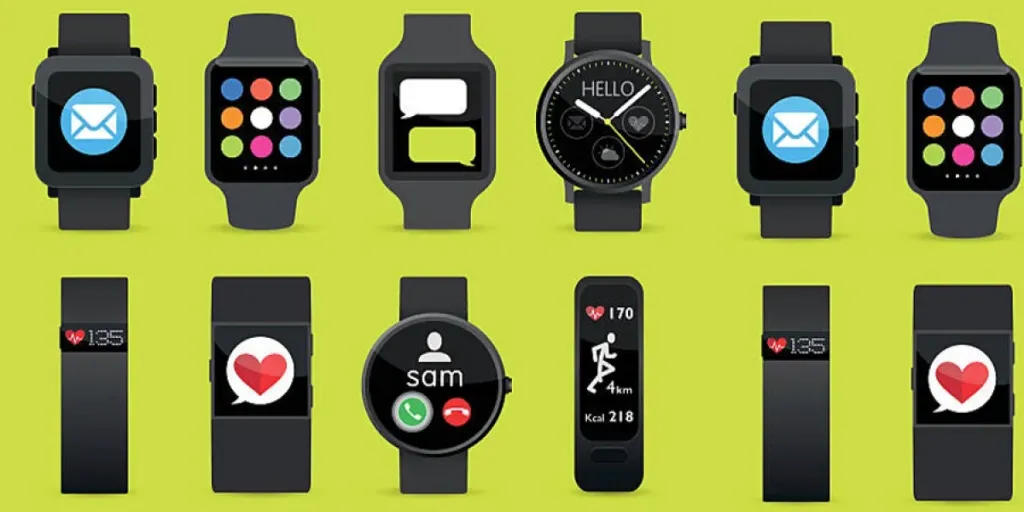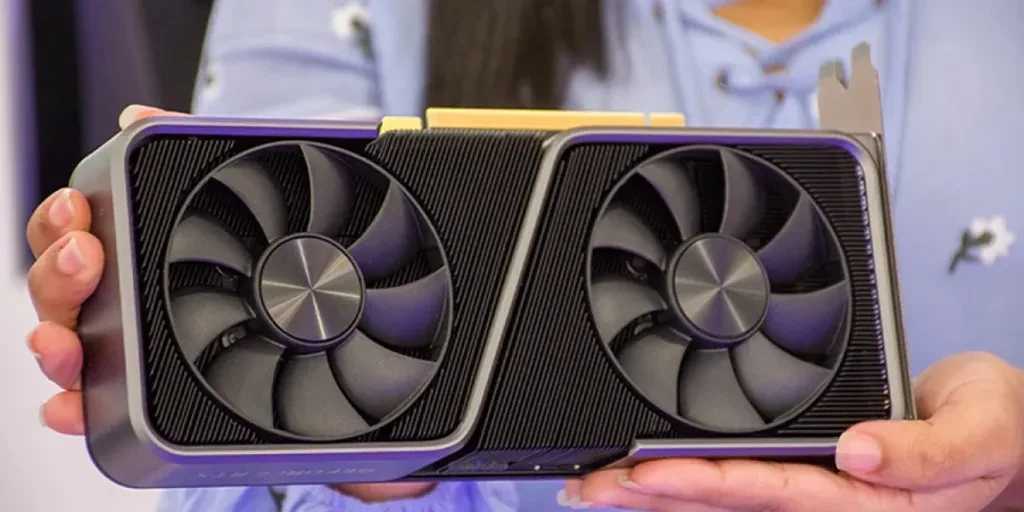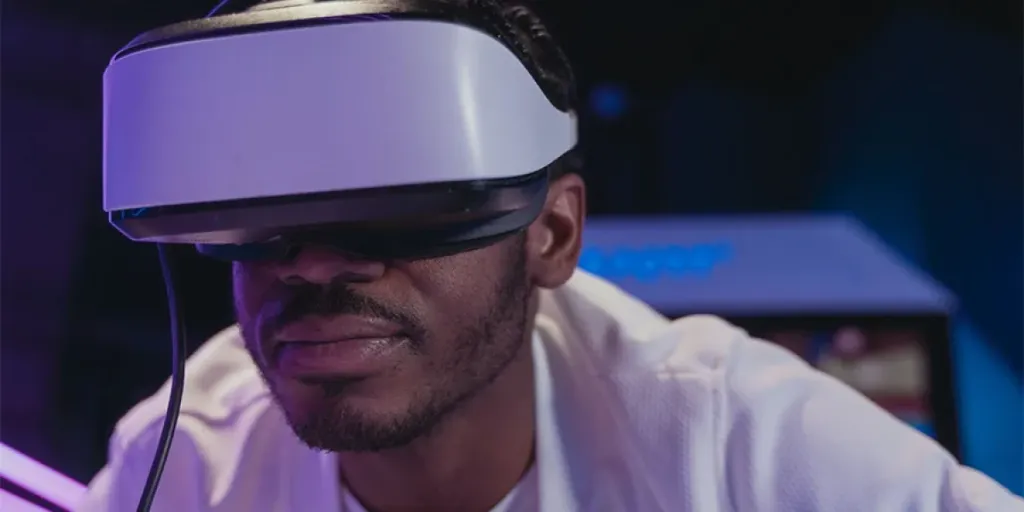Table of Contents
Introduction
Market overview
Key technology and design innovations
Top-selling models driving market trends
Conclusion
Introduction
On-ear headphones are experiencing a surge in popularity, blending portability with impressive sound quality to meet evolving consumer demands. As users seek versatile audio solutions for both travel and home use, on-ear models provide a comfortable, mid-sized option that delivers without bulk. The market is highly competitive, with brands pushing the envelope in noise cancellation, driver technology, and smart features like digital assistant integration. This innovation race has fueled a diverse selection of models catering to preferences in audio fidelity, battery life, and ergonomic design. For retailers and industry professionals, understanding these advancements is key to staying aligned with current consumer trends.
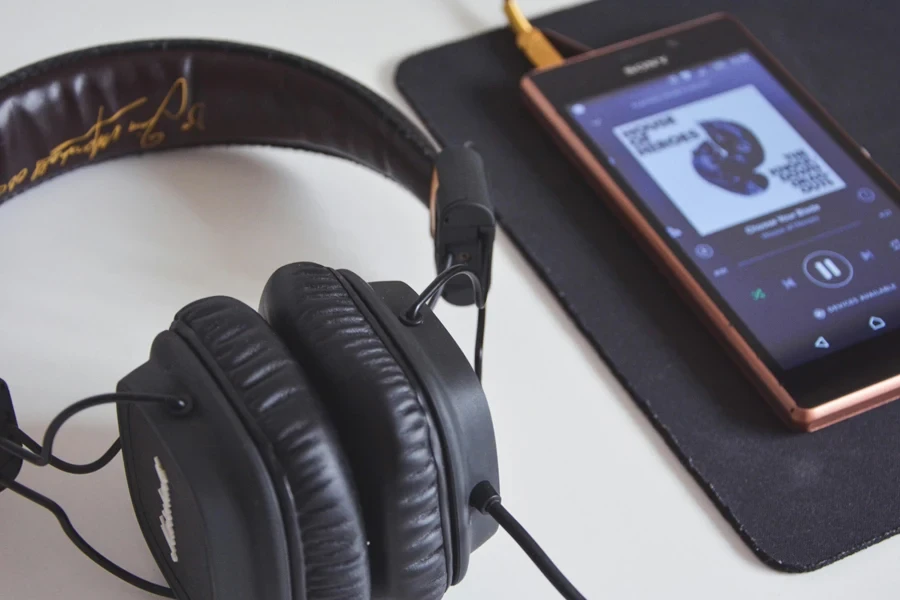
Market overview
According to Statista, the global headphone market reached $18 billion in 2024, demonstrating a consistent demand and projected to grow at a compound annual growth rate (CAGR) of 2.39% through 2029. Key regions driving this growth include China, the United States, Germany, and the United Kingdom, with China currently leading in revenue generation. With an anticipated market volume of 1.4 billion units by 2029, factors such as consumer preferences for wireless options and enhanced comfort contribute to steady volume growth.
Regionally, market dynamics are influenced by varying adoption rates and consumer spending patterns. Statista highlights China as a top spender, with the U.S. also making significant contributions to the market’s value. The industry sees strong interest in noise-canceling technology and wireless connectivity, appealing to diverse use cases, from casual listening to professional applications. With a per capita revenue of $2.32 in 2024, on-ear headphones maintain relevance across demographics, especially as technological advancements enhance user experience and convenience.

Key technology and design innovations
On-ear headphones are evolving rapidly, driven by advancements in noise cancellation, sound quality, connectivity, and design that enhance user experience across various use cases. According to Statista, active noise cancellation (ANC) and environmental noise cancellation (ENC) have become essential for on-ear models, particularly popular among users who require quiet environments for travel or professional calls. ANC actively reduces ambient sound, while ENC isolates background noise during calls, providing clarity in noisy surroundings. As both technologies grow more sophisticated, brands like JBL and Sony integrate these features into on-ear models, adding versatility for daily use.
Sound quality has also seen significant improvements, with advances in driver technology such as dynamic drivers, which enhance bass output, and planar magnetic drivers, known for delivering clear, high-fidelity sound, as noted by Lifewire. Wireless models now dominate the on-ear market, often preferred for their convenience and long battery life, which can extend up to 25 hours or more on premium models. Brands have also focused on faster charging times and improved connectivity, which support uninterrupted listening experiences—a feature especially valued in on-the-go contexts.

According to LiveMint, ergonomic and durable design remains a priority in on-ear headphone development, with materials chosen to balance comfort and longevity. Foldable models are increasingly popular for their portability, while padding technology has advanced to offer better fit and reduce pressure during extended wear. The design also factors in comfort elements, like soft cushioning and lightweight builds, ensuring prolonged use without discomfort.
Modern on-ear headphones incorporate smart features to meet user demands for customization and connectivity. According to Lifewire, many models offer support for digital assistants like Google Assistant or Amazon Alexa and customizable audio profiles to enhance usability. Features like Dolby Atmos are gaining traction for creating an immersive listening experience, positioning on-ear headphones as versatile tools for everything from casual listening to professional use.
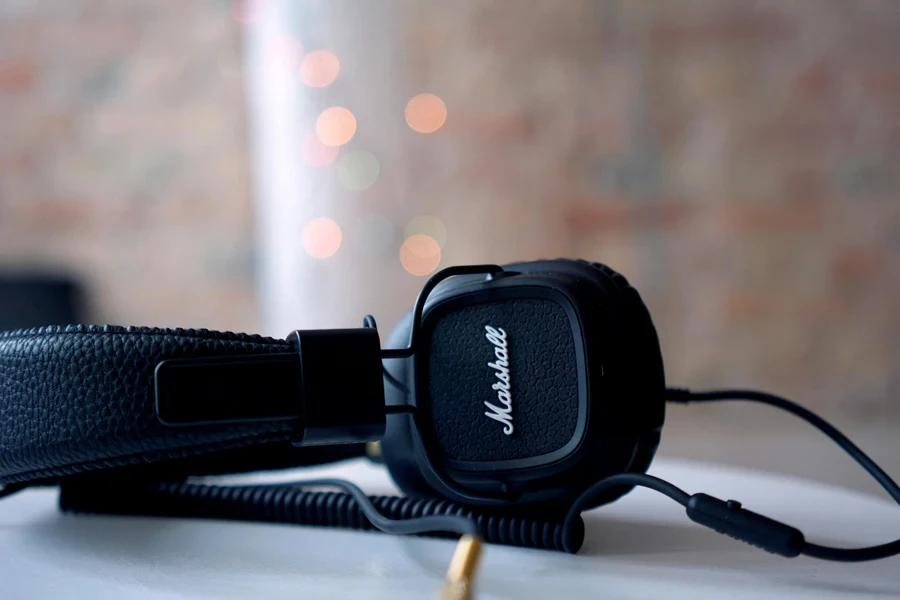
Top-selling models driving market trends
Top-selling on-ear headphones have become focal points in the market, especially models equipped with cutting-edge ANC and ENC technologies. According to LiveMint, models like the JBL Tune 770NC and Sony WH-CH720N are highly regarded for their premium features and extended playtimes, with JBL’s Tune 770NC offering an impressive 70 hours of battery life and adaptive noise cancellation. This model also supports Google Fast Pair and dual-device pairing, appealing to users who prioritize flexibility. Similarly, the Sony WH-CH720N provides up to 35 hours of battery life and uses an advanced Integrated Processor V1 for high-quality noise cancellation, making it a preferred choice for users in need of enhanced sound quality in noisy environments.
In gaming, the Razer BlackShark V2 X stands out as a top-selling on-ear headphone optimized for low-latency and immersive audio. According to Lifewire, this model features 50mm drivers that enhance bass and spatial audio quality, delivering a detailed, immersive sound environment. It also includes a noise-isolating, detachable microphone that ensures clear in-game communication, with memory foam cushions and lightweight construction for extended comfort. These attributes make it highly appealing to gamers who need high-performance audio and comfort for long sessions.
For professional use, the Poly Voyager Focus 2 UC has gained popularity due to its robust ENC and hybrid ANC features, which minimize background noise and enhance call clarity. According to LiveMint, it provides up to 19 hours of talk time and supports multi-point Bluetooth connectivity, allowing seamless switching between devices—a valuable feature for professionals who rely on consistent audio quality in various work environments. Its combination of convenience and high-performance audio has made it a go-to choice among professionals.
High-fidelity listening is another major trend, with the Sennheiser Momentum 4 leading the category for audiophiles. As noted by Lifewire, this model incorporates adaptive ANC and a powerful 42mm transducer system, delivering detailed sound and high fidelity, with up to 60 hours of battery life. Its lightweight, foldable design and customizable controls also make it convenient for users who value both quality and adaptability in their listening experience, solidifying its place in the high-end market.

Conclusion
On-ear headphones remain a versatile and in-demand choice, meeting diverse consumer needs from entertainment to professional use and gaming. With innovations in ANC and ENC technologies, enhanced sound quality, and smart features, they offer an adaptable listening experience for various environments. As brands continue to push the boundaries with longer battery life, ergonomic designs, and immersive audio options, on-ear headphones hold a strong position in a competitive market, appealing to users who seek both functionality and quality.
